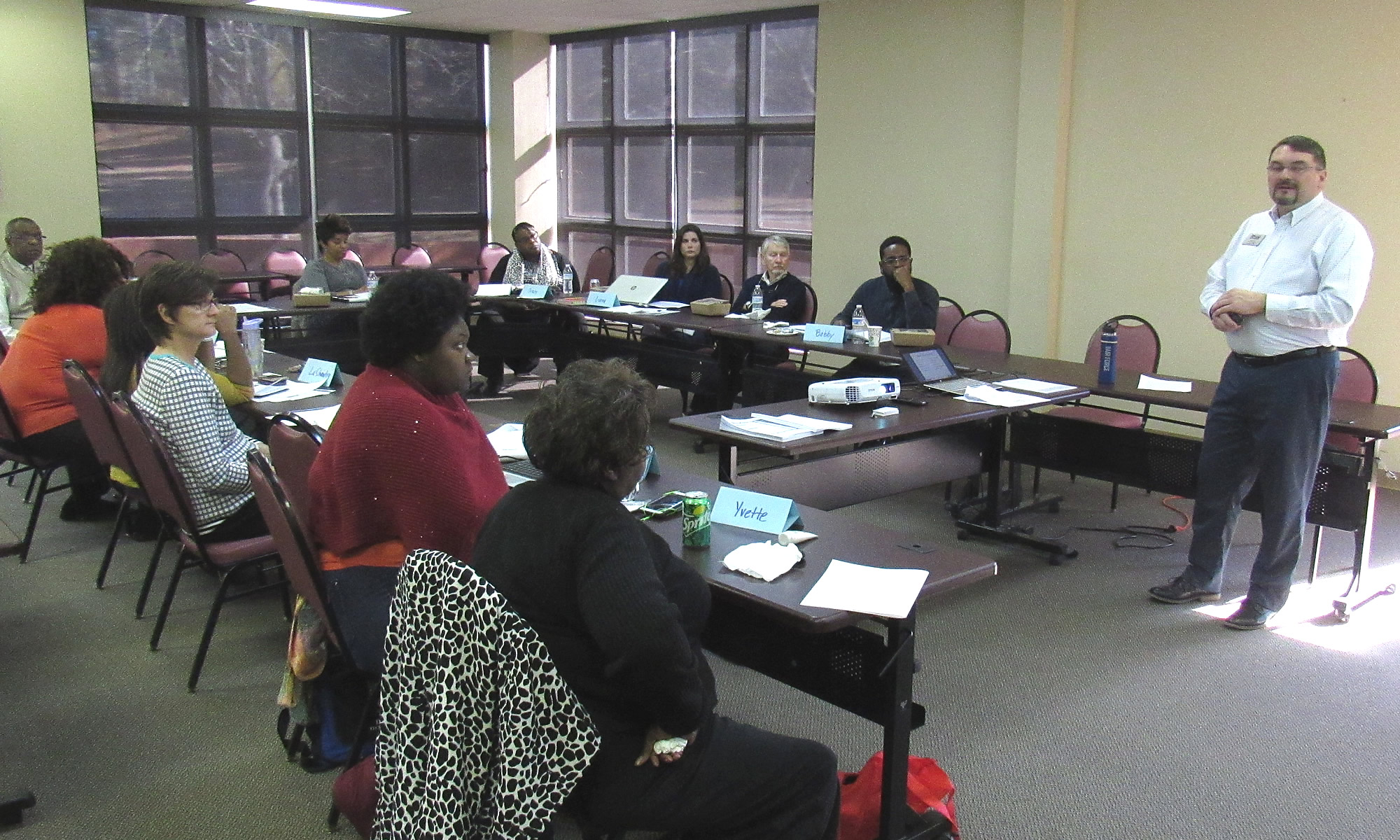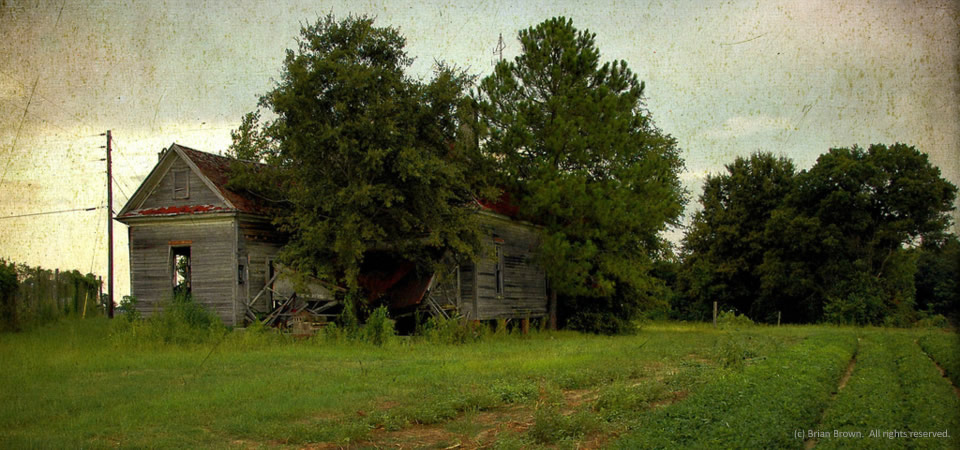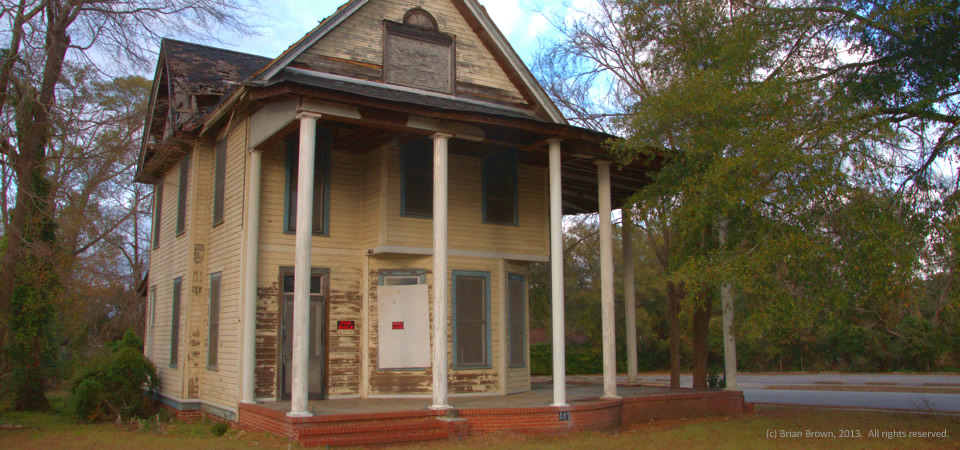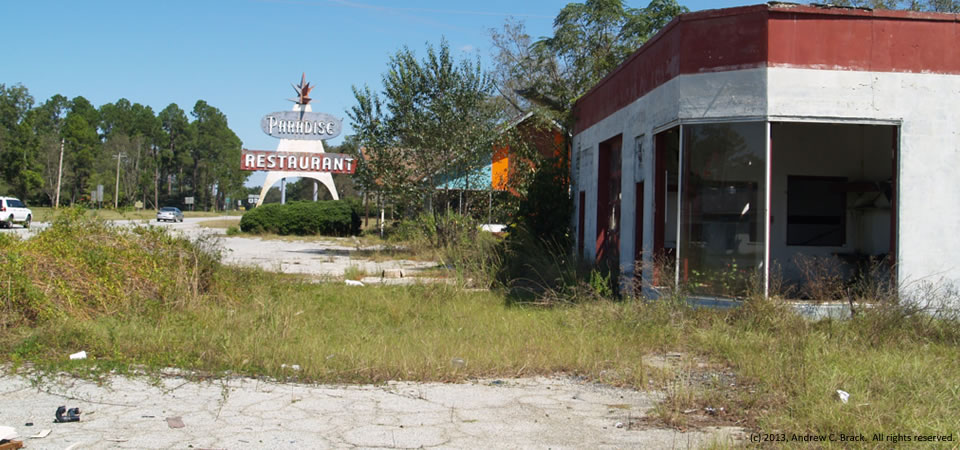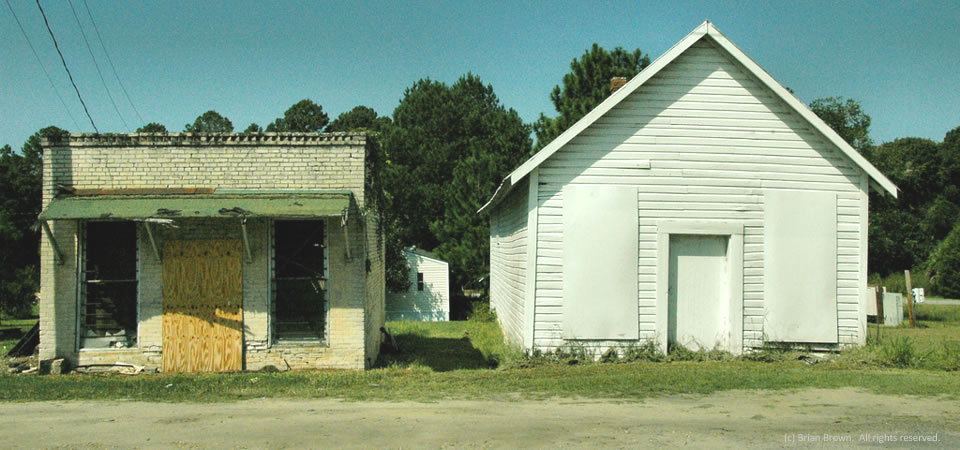
VanishingSouthGeorgia.com photographer Brian Brown snapped this photo in 2008 of two boarded-up buildings in Eldorado, Ga., a few miles south of Tifton, Ga.
Tift County, population 40,286 in 2013, is an old agricultural market center that thrived a century and more ago thanks to lumber, cotton and other agricultural products. Today, it is home to Abraham Baldwin College. It continues to be a transportation as it is bisected by Interstate 75. U.S. Highways 82 and 319 also intersect in the county.
About two thirds of Tift residents are white; about a third are black. About 10 percent of people also identify themselves as Hispanic or Latino, according to the U.S. Census. The county’s poverty rate is 22.9 percent (2008-2012), but just over 30 percent in the county seat, Tifton (population 16,405).
Photo by Brian Brown, VanishingSouthGeorgia.com. All rights reserved.
